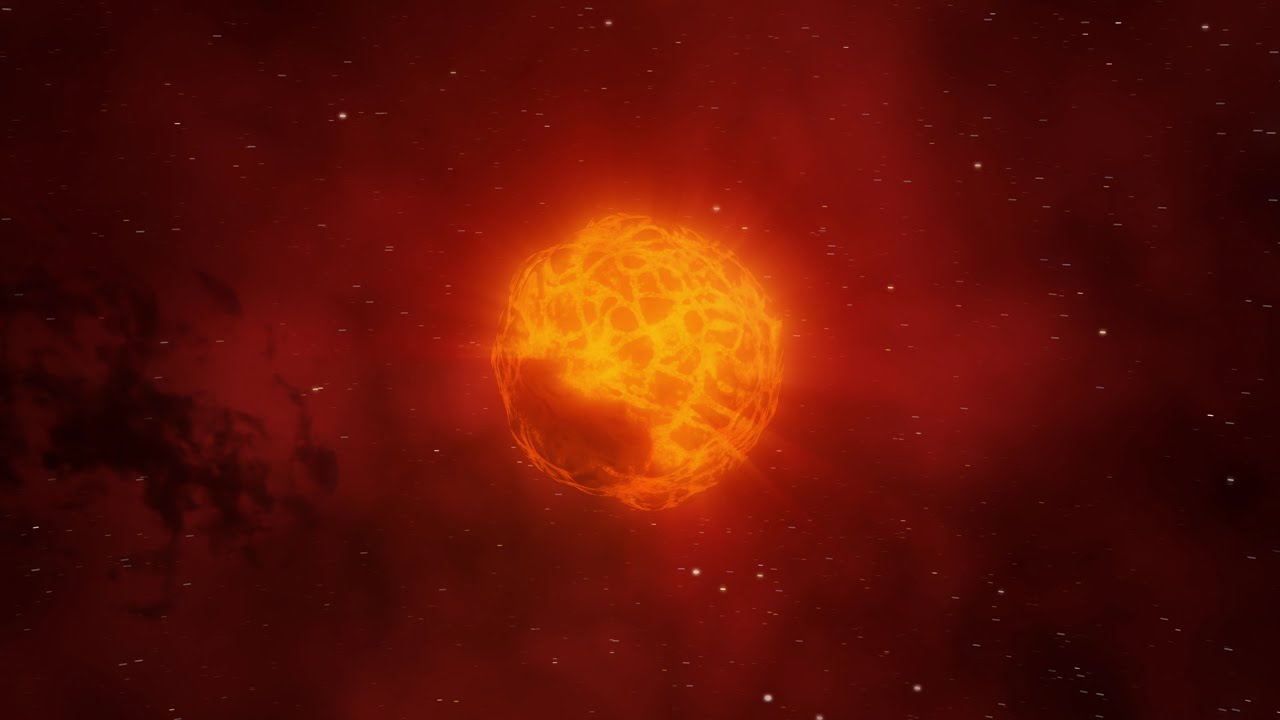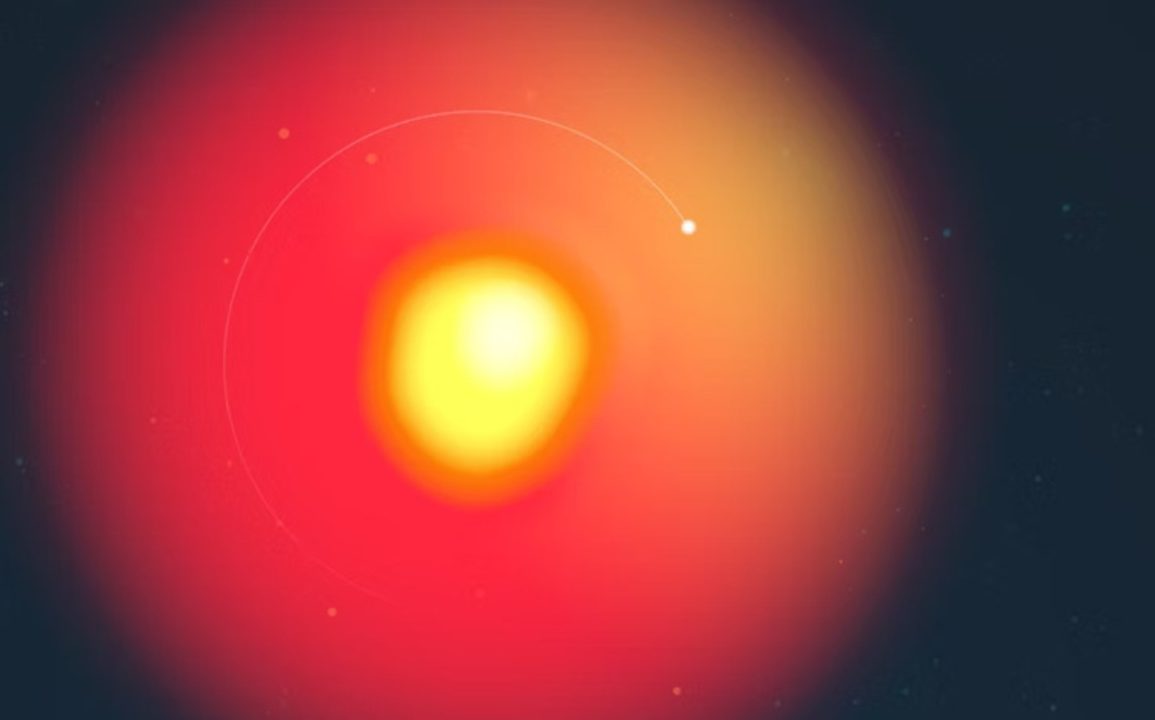Recent research into the star Betelgeuse, one of the brightest in the night sky, suggests it may not be on the verge of a supernova as previously feared. A study led by astrophysicist Jared Goldberg reveals that the star’s variable brightness is likely due to the gravitational influence of an unseen companion star, humorously dubbed “Betelbuddy.”
The research, which will be published in The Astrophysical Journal, indicates that the companion star is clearing light-blocking dust from Betelgeuse’s vicinity, causing fluctuations in its apparent brightness.
Goldberg and his colleagues conducted extensive simulations to explore various potential causes for Betelgeuse’s pulsing light, dismissing intrinsic factors such as changes within the star itself.
Their work relied on the idea that the observed changes in brightness could best be explained by the presence of a companion star orbiting Betelgeuse. This hypothesis emerged after they ruled out other intrinsic sources of variability, confirming that Betelbuddy is the most plausible explanation for the star’s behavior.

Betelgeuse is a massive red giant, shining about 100,000 times brighter than the Sun and nearing the end of its life cycle. Astronomers monitor its brightness fluctuations, which occur on two different timescales: a longer cycle of just over a year and a shorter cycle of about six years.
The longer cycle, previously thought to indicate an imminent supernova event, may actually be a result of the companion star’s interference with surrounding dust. If this is indeed the case, it alters predictions about when Betelgeuse will eventually explode.
To determine the nature of the companion star, the researchers have not yet confirmed its specifics, although they suspect it may have a mass up to twice that of the Sun. The lead co-author, Meridith Joyce, expressed that while a sunlike star is a likely candidate for Betelbuddy, there’s also the possibility of it being a neutron star.
However, the absence of X-ray observations raises doubts about this more exotic hypothesis. The research team plans to conduct further observations to confirm the existence of Betelbuddy, aiming to capture direct images of the companion star during a potential visibility window in December.
This collaborative study showcases the benefits of team science, as experts with diverse backgrounds contributed their insights to the investigation. The researchers expressed excitement over the potential discoveries surrounding Betelgeuse, a star that has intrigued scientists for generations.
The identification of a companion star hiding in the brightness of Betelgeuse represents a significant leap forward in our understanding of this well-studied celestial body and could reshape the narrative around its eventual fate.

